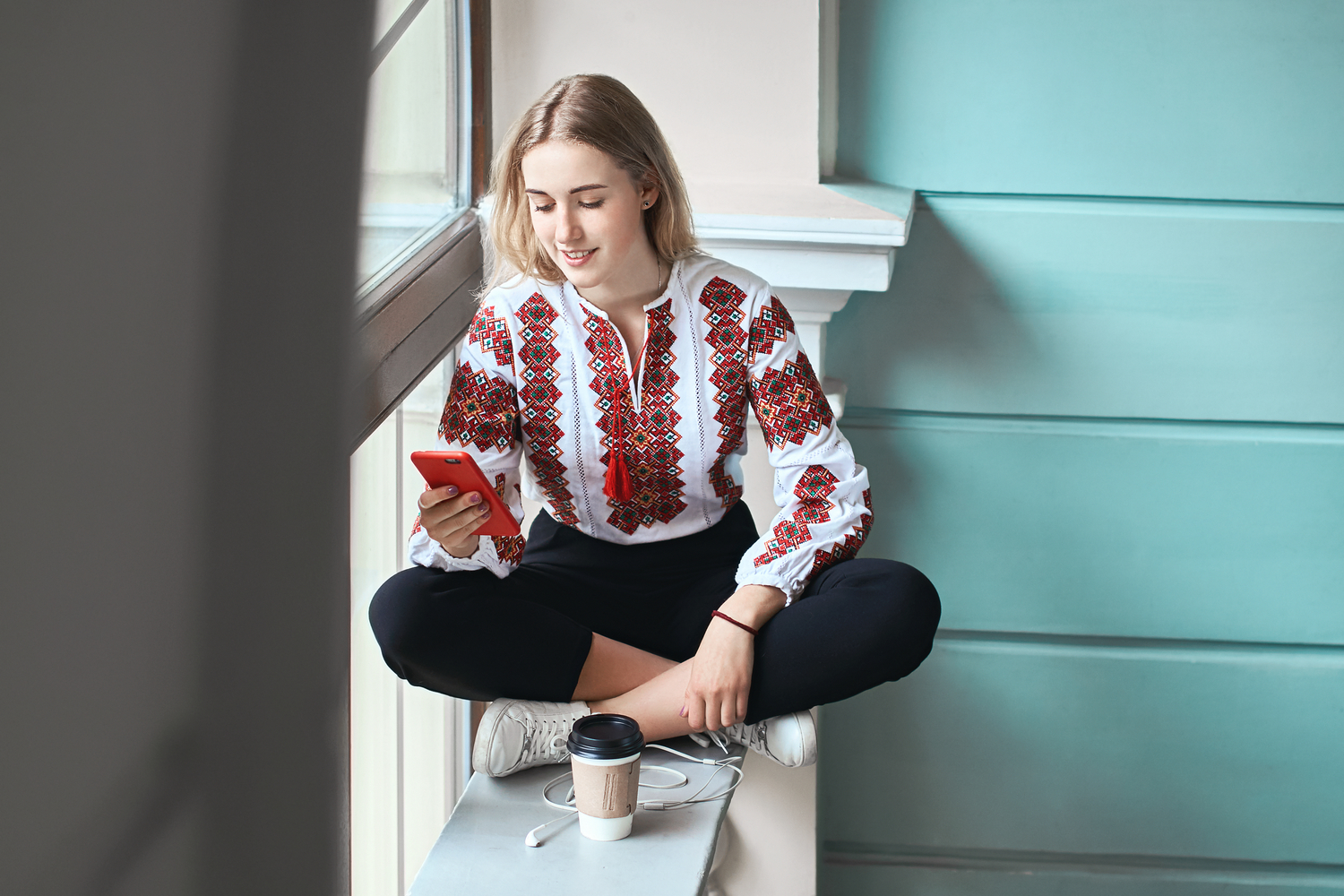Types Of Embroidered Patch Backing

Types of embroidered patch backing
A cloth badge, or embroidered patch, is a portion of embroidery crafted from thread and fabric backing. The embroidered patch was first introduced on the soldiers’ uniforms of United States Military Units during the war of 1812 and later adopted in the Mexican War of 1945 and the 1861 Civil War for the unit identifications.
Also known as fabric badges, uniform patches, and sleeve badges, embroidered patches are today used by private sector organizations, sports teams, clubs, groups, and government agencies to represent role, rank, and special units
Due to the smaller shape and size of cloth badges, an embroidered patch can be embedded in a cloth in different ways. The making of the embroidered patch has evolved with the rapid growth of the clothing technology. Traditionally, embroidered patches are handmade. However, advanced computerized machines have replaced this method today, and this has enabled mass production.
Based on the preparation process, embroidered patch backing has been categorized into three types:
- Adhesive backing with stick on
- Iron on backing with heat sealing
- Velcro backing with hooks and loops
What are adhesive backing embroidered patches?
- Adhesive backing is the most popular and convenient way of making embroidered patches.
- This process uses the method of Beacon patch attach. It is a specific type of glue that fixes embroidered patches to garments.
- Beacon patch attach can join any kind of fabric, and it does not require stitching.
- Adhesive backing embroidered patches are permanent, non-toxic, and washable.
- Adhesive backing is mostly preferred for one-time activity and needs less preparation time.
What are iron on backing embroidered patches?
- It is a temporary method of embroidered patch backing and does not last for a long time.
- Iron on the backing is mostly used for casual and ceremonial garments or clothing.
- It is not preferred for active lifestyle purposes.
- Iron on backing embroidered patches do not last long if the garment is regularly worn and washed very frequently.
What are Velcro backing embroidered patches?
- Velcro backing embroidered patches follow two styles of backing materials: two sides for both females and males and hook sides for males.
- If one needs to change the embroidered patches more frequently, the hook side style is the preferred method. This style is mostly followed for police and military uniforms.
- Two-side Velcro backing is preferred if any loop fastener is not attached to the garments.
- Velcro backing embroidered patches are more durable.
- They offer greater flexibility, as embroidered patches can be detached and reattached based on your need by using this method.
What are the various embroidered patch types available in the market today?
The following three variants or types of embroidered patches are available in the market:
- In 100% embroidered patches, the entire embroidered patch is stitched with threads.
- In 75% embroidery, three-fourths of the embroidered patch is covered with thread and the rest uses another material.
- If it is 50% embroidery, 50% of the patch is done with thread backing, and the rest is done with a different material.
Embroidered patches are a great way to represent an organization or get a group recognized. In addition to the regular use such as in sports, police, armed forces, and healthcare service, the embroidered patches offer various other benefits too. They help in repairing a damaged garment in a great way and make them wearable.
Versatility is the key to the success of embroidered patches. They come in infinite colors and uniquely glowing designs. An appealing design plays a key role in the creation of embroidered patches. The more unique a design is, the more popular the embroidered patch will be.
Many fashion houses are incorporating embroidered patches into their lines of high-end couture. Therefore, they have come a long way from 1812, when these patches were first introduced. As of 2018, embroidered patches are starting to gain momentum and becoming en vogue, being listed among the top fashion trends.